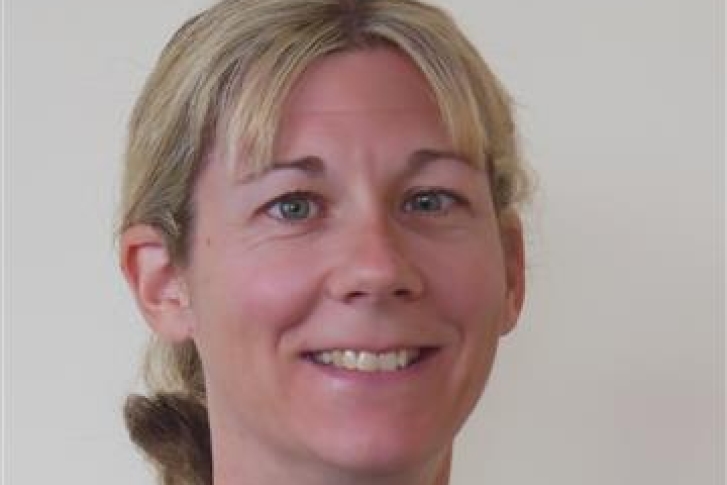Contraptions that resemble upside-down kitchen sinks have been placed in the Waikawa River in Southland to attract a notoriously elusive native fish species.
NIWA scientists have dubbed these structures “lamprey love lofts” and the hope is that lamprey will use them for spawning.
The pouched lamprey, also known as kanakana and piharau, is an important taonga species for Māori. Once prolific nationwide, there are still strong populations in the South Island but they are becoming rarer further north and are classified as Threatened – Nationally Vulnerable by the Department of Conservation. Loss and degradation of habitat is considered one of the key drivers of their decline. The pouched lamprey is one of 41 known lamprey species worldwide and is the only lamprey species in New Zealand.
They are migratory fish, spending their first several years as filter feeders, living in the sediment of stream beds before undergoing metamorphosis and heading out to sea. Once in the ocean they feed by burrowing into the flesh of other fish or mammals before returning to freshwater as adults to spawn. During the 16 months in freshwater prior to spawning the lamprey do not feed and hide under large rocks in the riverbed.
NIWA freshwater fish scientist Dr Cindy Baker was part of a team that in 2013 discovered the first spawning site for New Zealand lamprey, where a male and female pair was found to lay their eggs in adhesive clumps on the underside of large boulders. Currently, Cindy leads a five year MBIE funded project studying lamprey and she is working alongside Dr Jane Kitson and Waikawa mana whenua to investigate the spawning habitats used by kanakana in the Waikawa River, Southland. One part of the study is testing if artificial substrates can be used to increase spawning habitat for kanakana in modified waterways.
“They’re basically an upside-down kitchen sink made with fibreglass that mimics the underside of a boulder. There is room for a camera so the lamprey can be easily observed."
“It is experimental but in the Waikawa River the lamprey are spawning under bedrock or finding cavities in the walls of stream banks. This makes it difficult to observe them spawning and nesting without damaging their habitat. We know they need an enclosed area with good water flow with a solid substrate they can lay their eggs on so we’ve tried to replicate that.” “We hope that the love lofts will enable us to understand their spawning behaviours without disturbing natural habitats and increase the spawning habitat available to fish.”
Last month Dr Baker and her team tagged 300 lamprey but it will be a long time before that effort begins to pay dividends.
“These fish make us wait for results. They’re in freshwater for 16 months before they spawn, so the ones we’ve just tagged will spawn in October next year. “
There are some lamprey in the catchment that were tagged last year that may use the lofts, so they will be monitored as they move upstream. “We’ll keep an eye on it this year and see if they’re using any of our substrates – if they’re not then we might tweak the design or increase the number we deploy next year.
“We ‘ve put them in areas we know they go to so we know they will come in contact with them – but whether they use them or not is still to be discovered.”
The other problem the scientists face is that when lamprey find a cavity in which to spawn, they cover the entrance with stones so they are completely concealed.
“We don’t really know what size stones our fish are capable of moving so we’ve had to estimate this based on what other species overseas do,” Dr Baker says.
A trial with a pile of stones in a wood-lined drain in Christchurch has attracted a lamprey but the team now needs to go back and see whether it is still there.
Dr Baker hopes that as word about the lamprey love lofts spreads, farmers and communities will better understand the value of the species in their waterways, especially in Southland.



